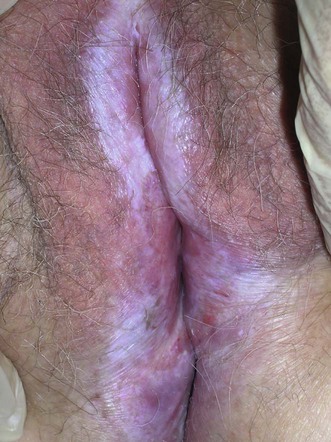Kiss A, Csontai A, Pirot L, Nyirady P, Merksz M, Kiraly L. Urol 2001; 165: 219–20.
Lichen sclerosus

Specific investigations
First-line therapy
The response of balanitis xerotica obliterans to local steroid application compared with placebo in children.
![]()
Stay updated, free articles. Join our Telegram channel

Full access? Get Clinical Tree





 Ultrapotent topical steroids
Ultrapotent topical steroids Emollients
Emollients Use of soap substitutes
Use of soap substitutes